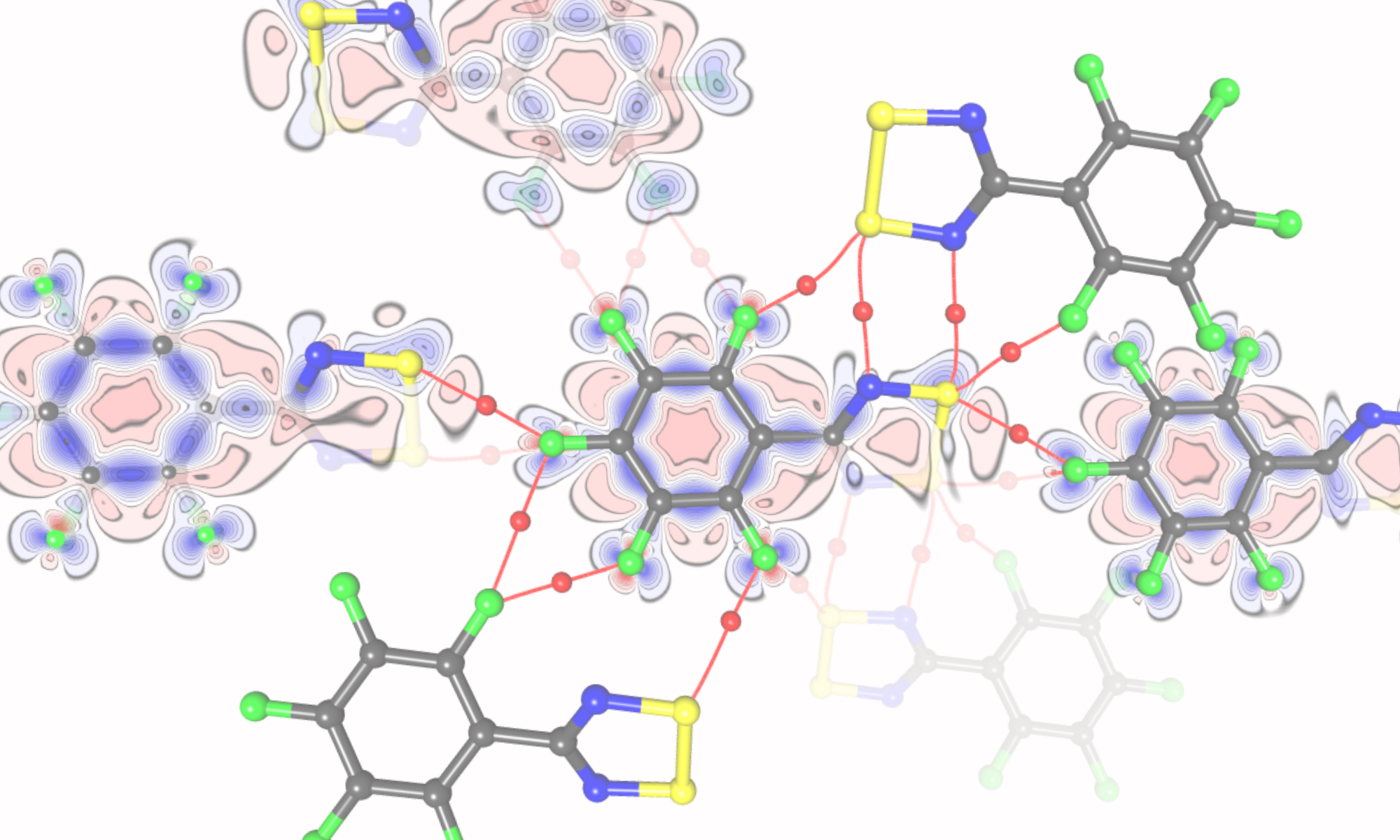Understanding molecular recognition processes using thermodynamic profiling and structural data
Grant SONATA, awarded to dr Maura Malińska
1. Research project objectives/ Research hypothesis
Medically important macromolecules do not operate as static, isolated moieties. Contrarily, with a remarkable degree of specificity and high affinity, they have numerous interactions with other species, such as proteins, nucleic acids, small molecule ligands, and solvent molecules. Fundamentally, the biological processes rely on molecular organization and recognition events. Binding two interacting partners has both enthalpic (∆H) and entropic (-T∆S) components; in other words, the recognition event changes both the structure and dynamics of each counterpart.
Using a theoretical and experimental approach, we will investigate the effects of solvent, intra- and -intermolecular interactions on thermodynamic functions during complex formation between ligands of medical importance and synthetic receptors. The project will also answer important questions in medicinal chemistry: Is the energy of interactions between host-guest anyhow correlated with enthalpy changes? How does the shape and nature of the binding pockets change the thermodynamic functions? What impact does the ligand’s shape have? What is the role of water molecules? What determines the strength of enthalpy-entropy compensation of some binding pockets? Is there any correlation between macroscopic properties of partners and thermodynamic profiling?
2. Research project methodology
Thermodynamic profiling between synthetic ligands and receptors will be analyzed using isothermal titration calorimetry. Through X-ray diffraction, complexes will be crystallized and examined to find interactions responsible for their formation and the location of water molecules. The thermodynamic data will then be analyzed considering the structural data and molecular dynamics results. The molecular dynamic simulations will provide insight into enthalpy and entropy in creating complexes.
3. Expected impact of the research project on the development of science, civilization and society
Results of our project could be of use for development of more accurate force fields. The reliability of force fields can be improved by optimization of parameters in existing force field terms to improve agreement with the experiment. Force fields are commonly used as scoring function in screening and docking studies. Advances in drug design can lead to significant discoveries, new therapy development, and public health improvement. As medical research improves human health and longevity, the resulting increased productivity may potentially contribute to the national economy in addition to the individual benefits of improved health.

